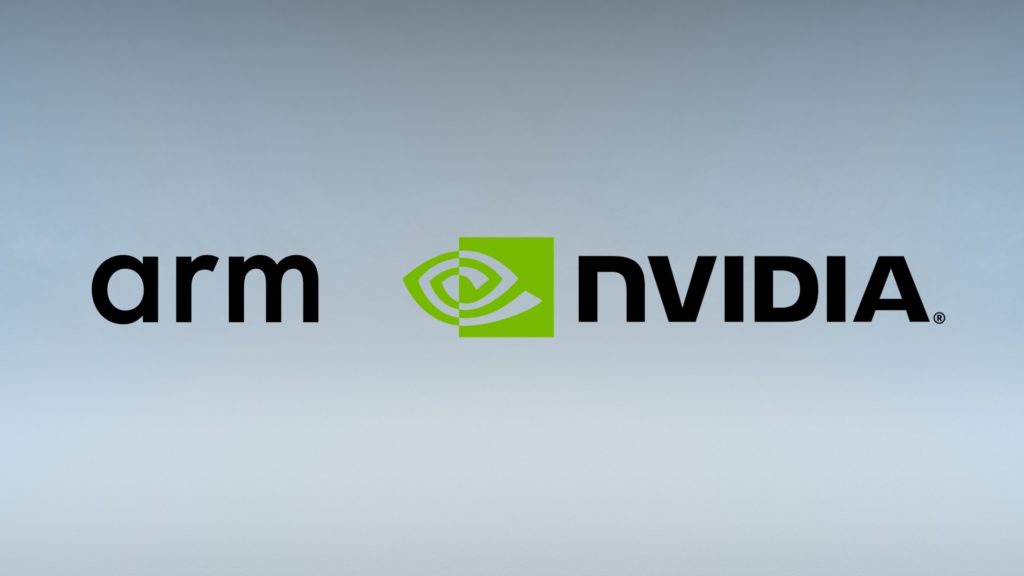
NVIDIA Corp. yesterday announced that it has agreed to acquire Arm Ltd. from SoftBank Group Corp. and the SoftBank Vision Fund for $40 billion. The combination of Arm’s semiconductor ecosystem and NVIDIA’s artificial intelligence technology will help drive innovation, according to the companies. The purchase would help Arm challenge Intel Corp. and Advanced Micro Devices Inc. for chip market share and expand into AI.
Cambridge, U.K.-based Arm claimed that its processor designs have enabled intelligent computing in 180 billion chips, powering products including sensors, smartphones, and supercomputers. The company works with more than 1,000 technology partners to design, secure, and manage all areas of compute, from chips to the cloud. Arm also said it provides business insights through its Internet of Things (IoT) devices, connectivity, and data management platform. The IoT, machine learning, and AI market will reach $10.6 billion by 2026, predicts ABI Research.
Santa Clara, Calif.-based NVIDIA said its invention of the graphics processing unit (GPU) in 1999 sparked the growth of the PC gaming market, redefined modern computer graphics, and revolutionized parallel computing. More recently, GPUs have acted as the brain of computers, robots, and self-driving cars, enabling improving perception, said the company, which was a 2020 RBR50 innovation award winner.
Not only is Tokyo-based SoftBank Group a major investor in technology, but it is also a holding company for telecommunications, robotics, and other firms. Its holdings include SoftBank Robotics, which produces the Pepper humanoid (formerly from Aldebaran Robotics) and the Whiz commercial floor-cleaning robot, as well as Boston Dynamics, which makes legged robots such as Atlas and Spot. SoftBank said it remains committed to Arm’s long-term success through its ownership stake in NVIDIA, expected to be under 10%.
NVIDIA plans to expand R&D, build AI supercomputer
“Specific to AI and robotics, the potential for investment in Arm research and development to propel growth in new markets,” said David Pinto, senior public relations manger in NVIDIA’s embedded marketing team. “NVIDIA will build on Arm’s R&D presence in Cambridge, establishing a new global center of excellence in research there.”
“This creates the opportunity to build an Arm/NVIDIA-based AI supercomputer, as well as drive research at a world-class innovation and education center for robotics, self-driving cars, healthcare, life sciences, and more,” he told The Robot Report. NVIDIA said it hopes to attract researchers and scientists from the U.K. and around the world with training facilities and a startup incubator.
“In the years ahead, trillions of computers running AI will create a new Internet of things that is thousands of times larger than today’s Internet of people,” stated Jensen Huang, founder and CEO of NVIDIA. “Uniting NVIDIA’s AI computing capabilities with the vast ecosystem of Arm’s CPU, we can advance computing from the cloud, smartphones, PCs, self-driving cars and robotics, to edge IoT, and expand AI computing to every corner of the globe.”
“NVIDIA is the perfect partner for Arm,” said Masayoshi Son, chairman and CEO of SoftBank Group. “Joining forces with a world leader in technology innovation creates new and exciting opportunities for Arm.”
“Arm and NVIDIA share a vision and passion that ubiquitous, energy-efficient computing will help address the world’s most pressing issues from climate change to healthcare, from agriculture to education,” said Simon Segars, CEO of Arm. “Delivering on this vision requires new approaches to hardware and software and a long-term commitment to research and development. By bringing together the technical strengths of our two companies, we can accelerate our progress and create new solutions that will enable a global ecosystem of innovators.”
NVIDIA added that it expects to take advantage of Arm’s intellectual property licensing expertise, increase investment in Arm’s roadmaps, and offer customers an alternative to legacy CPU approaches.